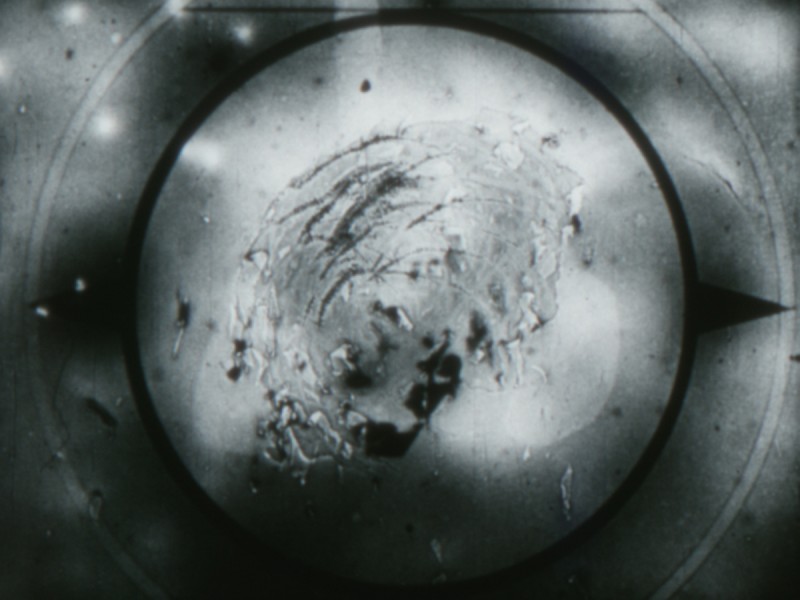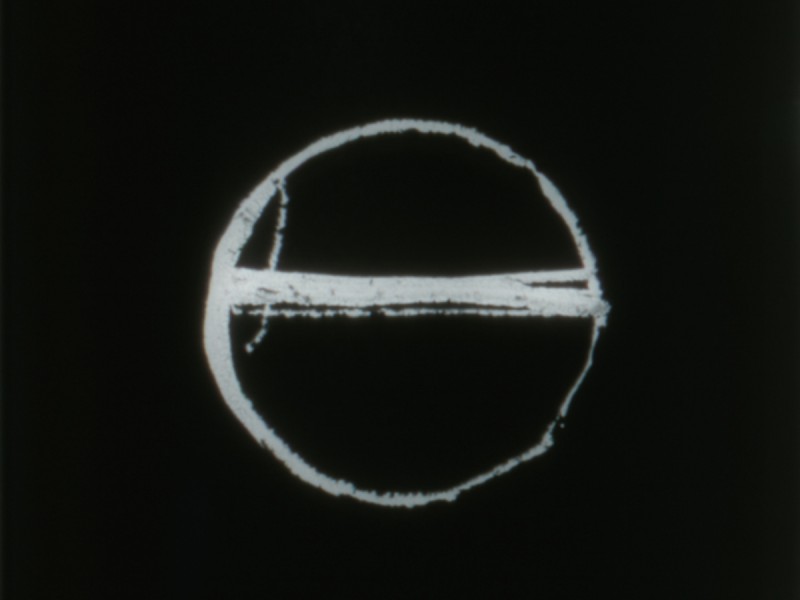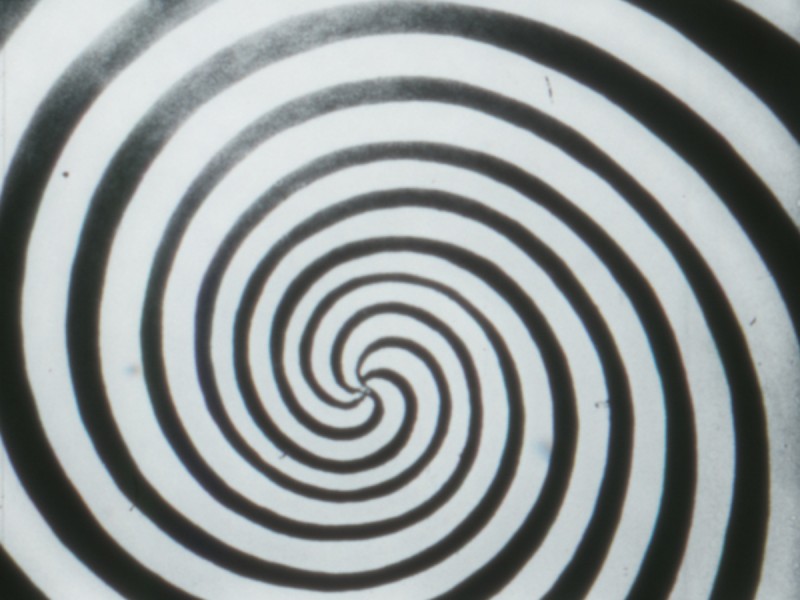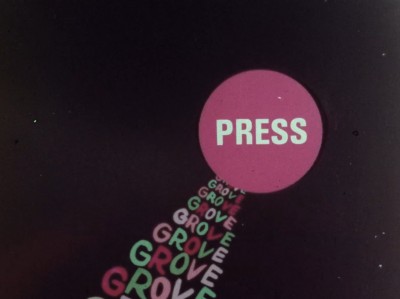
A central figure in the East Village art scene that thrived during the 1960s, poet, painter, sculptor and pioneering multi-media artist Aldo Tambellini (1930 - 2020) has only begun to be recognized for his prescient and innovative art. Born in the US in 1930 and raised in Lucca, Italy, Tambellini lived in an area bombed during WWII; twenty-one of his friends and neighbors died in the assault.
Tambellini returned to the US in 1946. He received his BFA in Painting from Syracuse University in 1954, and received a Teaching Fellowship at the University of Notre Dame, completing his MFA in 1959. He then moved to New York City's Lower East Side and founded the counter-cultural alliance of writers, artists and activists, Group Center, which invented new ways to present art to the public, outside of the institution.
Aldo and his wife Elsa Tambellini founded the Gate Theatre in New York’s East Village, which was unique and extremely influential in its schedule of showing a program of avant-garde and independent films every day. In 1967, he co-founded, with Otto Piene (1928 - 2014), the Black Gate, a second theatre which presented live multimedia performances and installations. The artists whose works graced their stage and screen included Jack Smith, the Kuchar brothers, Nam June Paik, Yayoi Kusama, Robert Downey and Brian DePalma.
Throughout his long career, Tambellini has worked in a staggering range of media: from his early Arte Povera-style sculptures and abstract drawings done in Italy and America in the 1950s and 1960s, to his experimental work in early video and television art, which he pioneered alongside his close friend and occasional collaborator Nam June Paik, to the series of abstract films he made in the 1960s. His “Electromedia Performances” combined projected paintings, film, video, poetry, light, dance and sound with live music.
Beginning with Black Is in 1965 Tambellini launched a series of politically charged experimental films that explore the expressive possibilities of black as a dominant color and idea. For the most part Tambellini’s seven “black films” are made without the use of a camera but rather by carefully manipulating the film itself by scorching, scratching, painting and treating the film stock as a type of sculptural and painterly medium. Beautifully austere and hypnotically immersive, Tambellini’s films are also important expressions of an artist critically aware of the emergent Information Age and its possibilities. Often using found footage and filmed television, Tambellini’s films take a crucial pulse of the new moving image culture being formed in the Sixties.
From 1976 to 1984, Tambellini was a Fellow at MIT's Center for Advanced Visual Studies where he held workshops and organized the prescient Communicationsphere, " a network to develop channels among artists, technician, engineers and performers and all concerned with the impact of tele-communications on contemporary society." They creatively experimented with technology and communication, producing many works that presage the era of the Internet.
Though he continued to work with the moving image, his focus thereafter tended toward poetry and its performance accompanied by video projections and music.
In 2007 Tambellini received the Keys to the City of Cambridge from Mayor Ken Reeves in recognition of his contribution to the cultural environment of Cambridge, and in 2010 he was awarded a Gold Medal from the Italian Government, Lucchesi Nel Mondo Association, in recognition of his lifetime achievement in the Arts.
Tambellini's works were shown at the Italian pavilion in the 2015 Venice Biennale, and his multimedia performance Black Zero from 1965 was revived at Performa, New York in 2009. ZKM in Karlsruhe, Germany presented a comprehensive retrospective of his works across many media in 2017.
Preservation
In 2012, the HFA received generous support from the National Film Preservation Foundation's Avant Garde Master Grant Program to create new 16mm preservation masters and projection prints of ten Aldo Tambellini titles, including the entire Black Films series plus a set of Black projection performance films. This work was done at Cinema Arts in 2014, resulting in new materials for the following titles: Black Is (1966), Black Plus X (1966), Black Trip #1 (1965), Black Trip #2 (1966), Black TV (1969), Blackout (1966), Blackout (1966), Moonblack (1965-68), Sunblack (ca. 1966), Black '67 (1967) and Black Spiral (1969).
About the collection
The Aldo Tambellini collection was donated by the artist to the Harvard Film Archive in 2010 and consists of 16mm projection prints, workprints, tests, outtakes, and preservation masters of his film work from the 1960s to the late 1970s, including his Black Films series, Cathodic Works, documentaries by and about Tambellini, as well as many rolls of unedited camera original material. In total, there are just over 200 items in the collection.
Research
A finding aid for the Aldo Tambellini Collection provides a listing of specific items available for research use.
While a select number of items in this collection are available via digital streaming access for research, the Black Films and Black projection performance films are only available for in-person research viewing in our theater by advanced appointment.
The HFA does not manage the copyright to this collection, please contact the Aldo Tambellini Art Foundation for details about rights and re-use of material from this collection.
Additional resources
For more information about Aldo Tambellini, visit the Aldo Tambellini Art Foundation and his personal website.
For rentals, visit Light Cone.
Below is a recent interview from the program Italics from CUNY TV, "Aldo Tambellini, an Italian American artist."

















